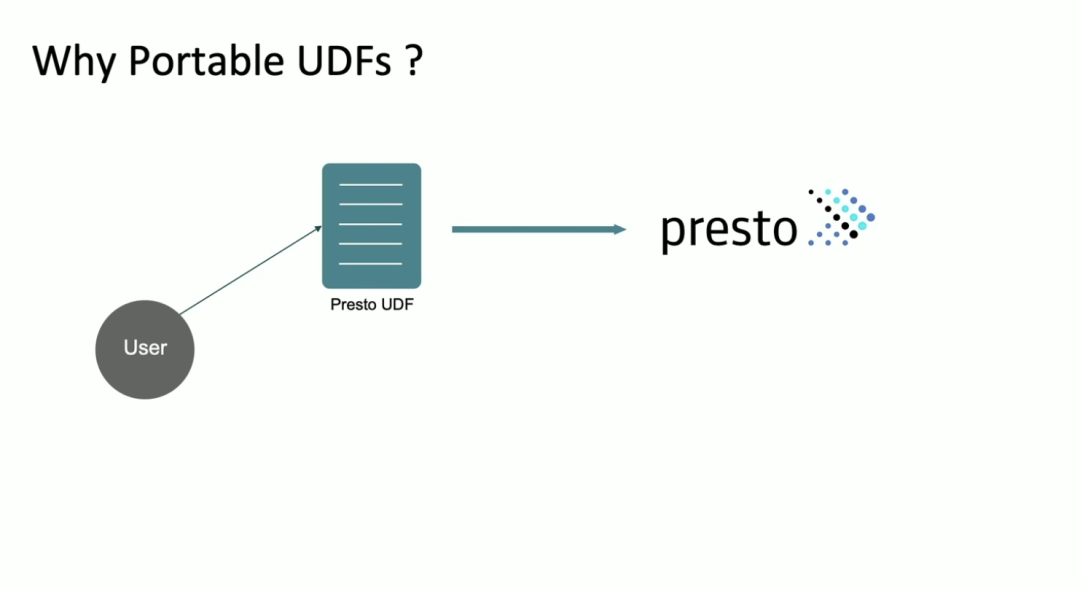最近由Reynold Xin给Spark开发者发布的一封邮件透露,Spark社区很有可能会跳过Spark 1.7版本的发布,而直接转向Spark 2.x。
如果Spark 2.x发布,那么它将:
(1)、Spark编译将默认使用Scala 2.11,但是还是会支持Scala 2.10。
(2)、移除对Hadoop 1.x的支持。不过也有可能移除对Hadoop 2.2以下版本的支持,因为Hadoop 2.0和2.1版本分别是alpha和beta;甚至直接不支持Hadoop 2.6以下版本了。
(3)、在Spark 1.x里面标记为deprecated的interfaces, configs, and modules (e.g. Bagel)将会被移除;
(4)、从streaming中移除对Akka的依赖;
(5)、移除Guava的依赖。
详情参见邮件内容:
本博客文章除特别声明,全部都是原创!I’m starting a new thread since the other one got intermixed with feature requests. Please refrain from making feature request in this thread. Not that we shouldn’t be adding features, but we can always add features in 1.7, 2.1, 2.2, ...
First - I want to propose a premise for how to think about Spark 2.0 and major releases in Spark, based on discussion with several members of the community: a major release should be low overhead and minimally disruptive to the Spark community. A major release should not be very different from a minor release and should not be gated based on new features. The main purpose of a major release is an opportunity to fix things that are broken in the current API and remove certain deprecated APIs (examples follow).
For this reason, I would *not* propose doing major releases to break substantial API's or perform large re-architecting that prevent users from upgrading. Spark has always had a culture of evolving architecture incrementally and making changes - and I don't think we want to change this model. In fact, we’ve released many architectural changes on the 1.X line.
If the community likes the above model, then to me it seems reasonable to do Spark 2.0 either after Spark 1.6 (in lieu of Spark 1.7) or immediately after Spark 1.7. It will be 18 or 21 months since Spark 1.0. A cadence of major releases every 2 years seems doable within the above model.
Under this model, here is a list of example things I would propose doing in Spark 2.0, separated into APIs and Operation/Deployment:
APIs
1. Remove interfaces, configs, and modules (e.g. Bagel) deprecated in Spark 1.x.
2. Remove Akka from Spark’s API dependency (in streaming), so user applications can use Akka (SPARK-5293). We have gotten a lot of complaints about user applications being unable to use Akka due to Spark’s dependency on Akka.
3. Remove Guava from Spark’s public API (JavaRDD Optional).
4. Better class package structure for low level developer API’s. In particular, we have some DeveloperApi (mostly various listener-related classes) added over the years. Some packages include only one or two public classes but a lot of private classes. A better structure is to have public classes isolated to a few public packages, and these public packages should have minimal private classes for low level developer APIs.
5. Consolidate task metric and accumulator API. Although having some subtle differences, these two are very similar but have completely different code path.
6. Possibly making Catalyst, Dataset, and DataFrame more general by moving them to other package(s). They are already used beyond SQL, e.g. in ML pipelines, and will be used by streaming also.
Operation/Deployment
1. Scala 2.11 as the default build. We should still support Scala 2.10, but it has been end-of-life.
2. Remove Hadoop 1 support.
3. Assembly-free distribution of Spark: don’t require building an enormous assembly jar in order to run Spark.
原创文章版权归过往记忆大数据(过往记忆)所有,未经许可不得转载。
本文链接: 【Spark社区可能放弃Spark 1.7而直接发布Spark 2.x】(https://www.iteblog.com/archives/1530.html)









